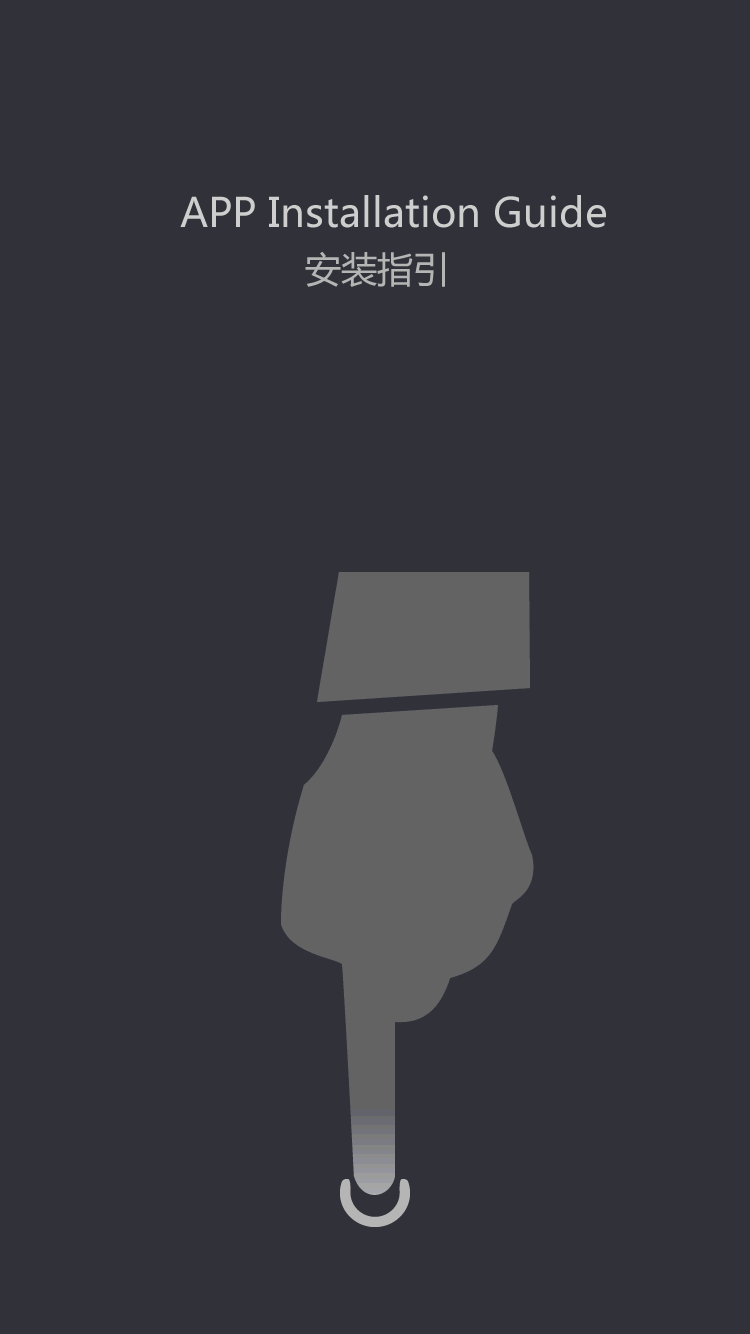Splicing Instructions
The number of information bits per second that can be transmitted in a one Hertz bandwidth range. The name of the combination of liquid and grinding or sprucing compounds used in processing optical materials. A commonly used time period for mild within the 665, 790, and 850 nm ranges.
For a source, the width of wavelengths contained in the output at one half of the wavelength of peak energy. Typical spectral widths are 50 to 160 nm for an LED and fewer than 5 nm for a laser diode.
A laser during which injection of current right into a semiconductor diode produces light by recombination of holes and electrons at the junction between p- and n-doped regions. An small type issue test fixture used loop an electrical sign from the Tx facet of a port to the Rx aspect of a port, previous to population with an optical transceiver.
A defect on a polished optical floor whose size is many instances its width. A crush or rub is a surface scratch or scratches usually brought on by mishandling. A widespread means of encoding information that has two data states known as 'zero' and 'one' by which the signal returns to a relaxation state during a portion of the bit period. A device that directs knowledge packets to their destinations utilizing info of their headers to pick the most effective path. A network topology in which terminals are related in a point-to-point serial fashion in an unbroken circular configuration.
Interactions between gentle and atoms in a clear materials that convert energy from one wavelength to a different. A network in which all terminals are related through a single point, such as a star coupler or concentrator. The absolute difference between the wavelengths at which the spectral radiant depth is 50 percent of the utmost energy.


































![[Dry Goods] how to avoid electrode rod after fusion black?](https://img5811.weyesimg.com/uploads/tumtecchina.com/images/15840915146146.jpg?imageView2/2/w/1920/q/100/format/webp)







































